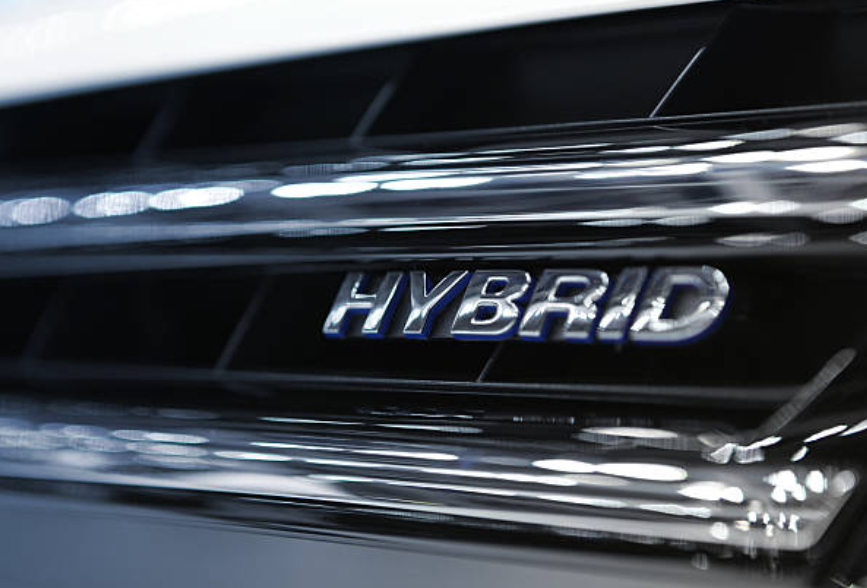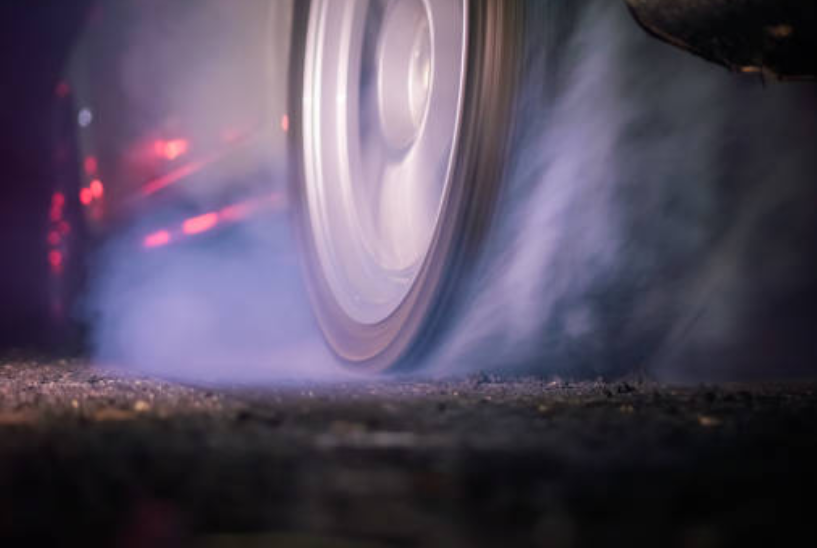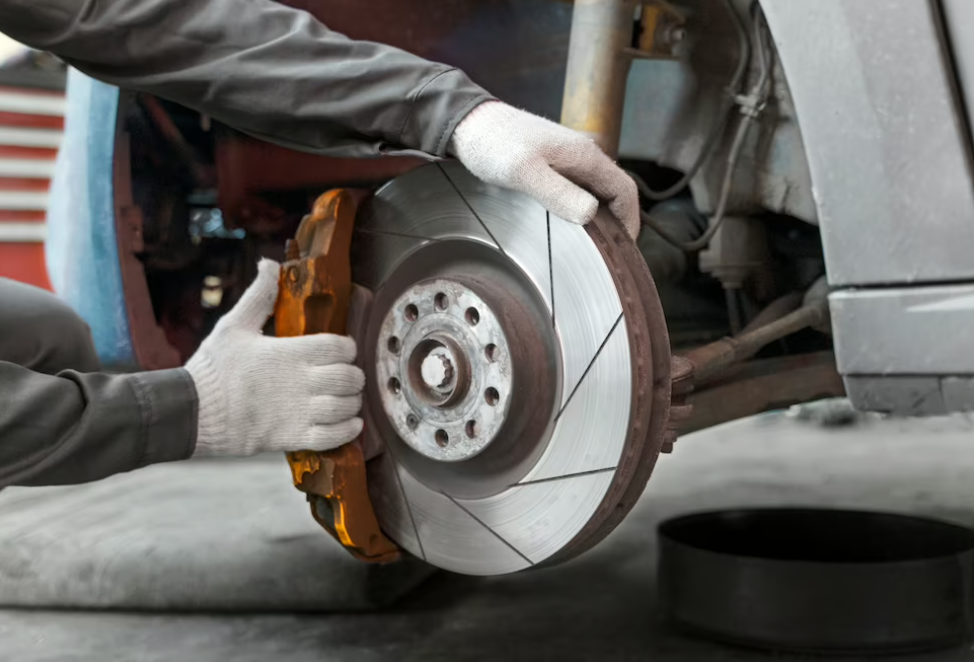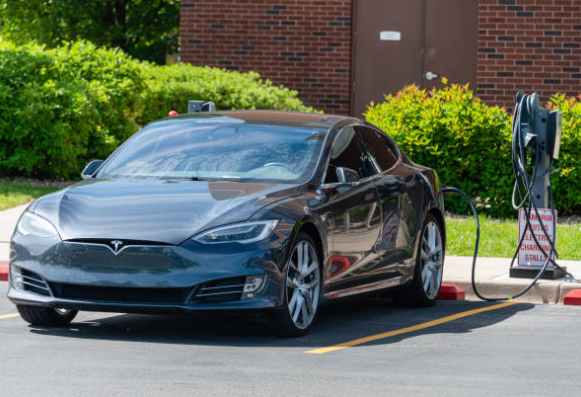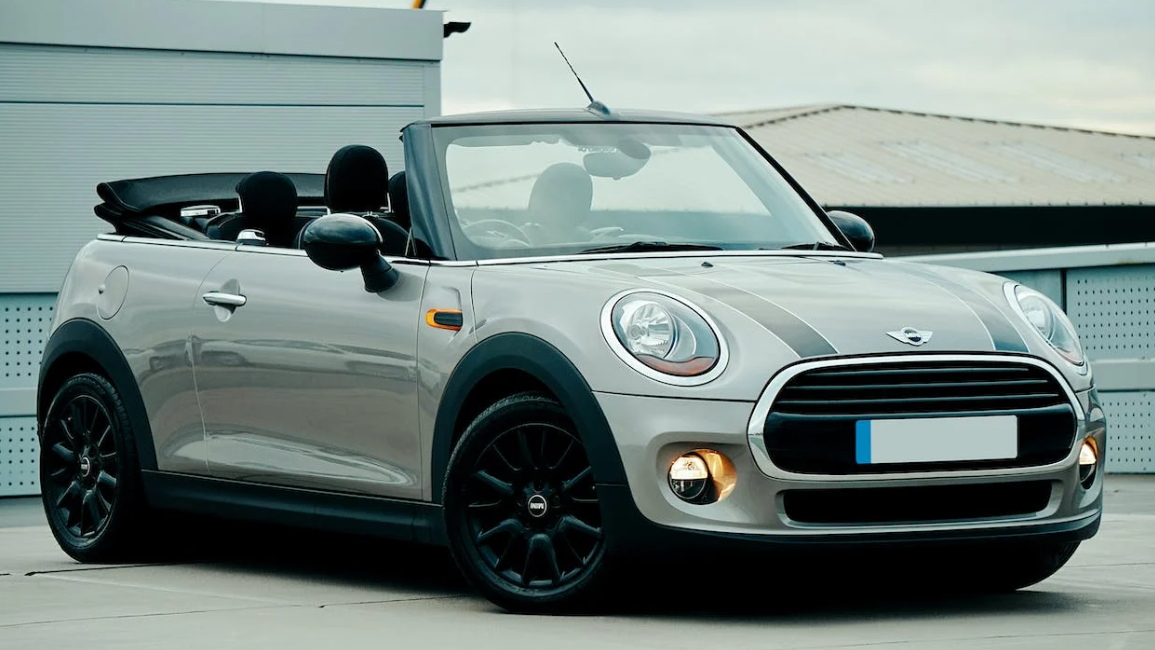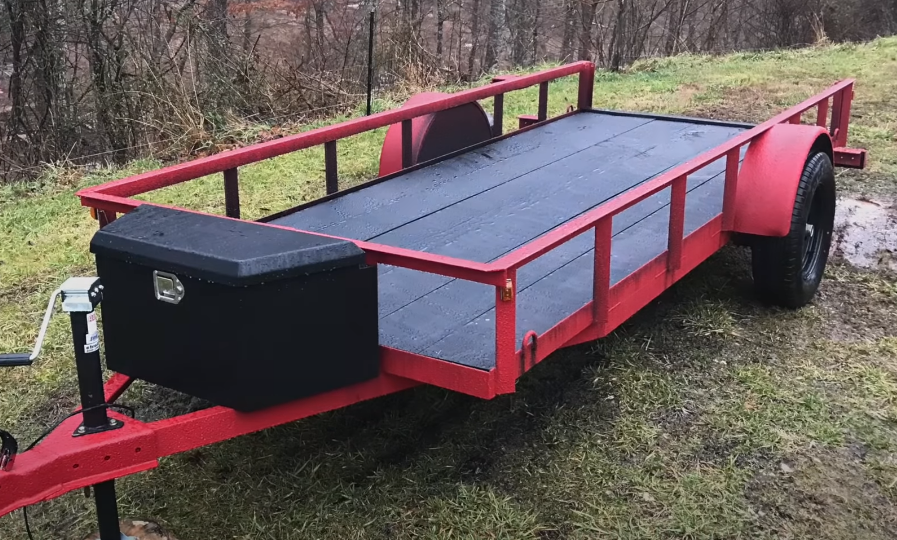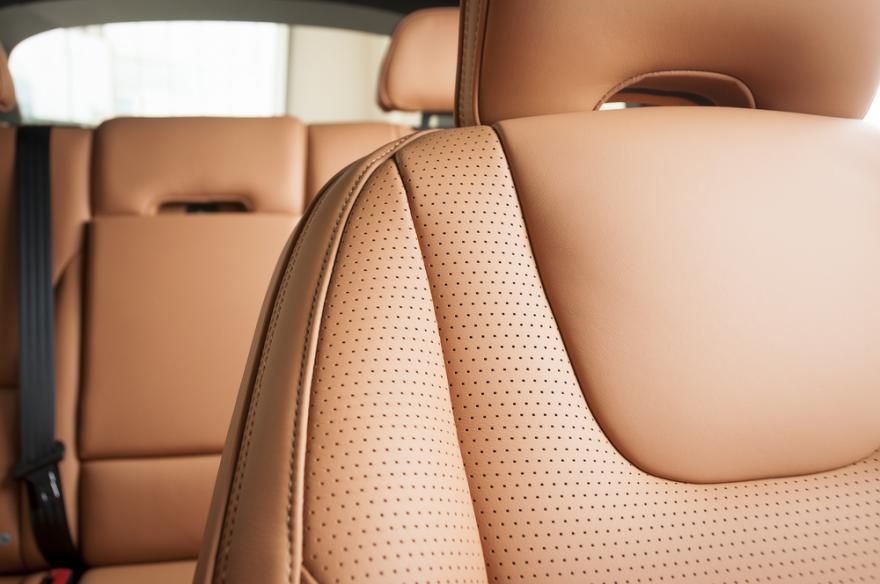What Does a Bad Starter Sound Like? Signs and Symptoms Explained
A vehicle's starter plays a crucial role in initiating the engine's combustion process. When it malfunctions, it can lead to frustrating and potentially costly issues. One way to identify a failing starter is by listening for specific sounds it produces. In this blog post, we will explore the common signs and symptoms of a bad starter, focusing on the sounds that indicate a potential problem. Understanding these auditory cues can help you diagnose starter issues early and take appropriate action to avoid further damage. Let's dive into the details.

What Does a Bad Starter Sound Like?
A bad starter can produce various sounds that serve as warning signs of potential issues. When turning the key, a rapid clicking or ticking noise may indicate a weak electrical connection or a worn-out solenoid. Grinding or whirring noises during starting could suggest damaged or worn-out starter gear teeth, while buzzing or whining sounds, accompanied by slow cranking, may point to a faulty starter motor or insufficient power reaching the starter. Complete silence upon turning the key can signify a complete starter failure, often caused by loose wires, a faulty ignition switch, or a dead battery. Intermittent starting problems may be due to a malfunctioning starter relay or solenoid. It's important to remember that these sounds alone are not conclusive evidence of a bad starter, so it's best to consult a professional mechanic to accurately diagnose and address the issue.

The advancement of technology has significantly enhanced the process of diagnosing starter issues in vehicles. With tools like OBD-II scanners, mechanics can retrieve diagnostic trouble codes (DTCs) from the vehicle's computer system, providing valuable insights into potential starter-related problems. Multimeters enable technicians to measure electrical values and identify issues with voltage supply, wiring continuity, and abnormal resistance values. Specialized starter testing equipment allows for the evaluation of the starter motor's performance, measuring current draw, torque output, and speed. Oscilloscopes can be used to analyze electrical waveforms, helping to identify abnormalities in voltage patterns during cranking. Additionally, mobile diagnostic apps offer real-time data, sensor readings, and troubleshooting guides specific to the vehicle's make and model. While these technological aids assist in the diagnostic process, it's important to rely on the expertise of professional technicians to accurately interpret the data and provide appropriate solutions to address the starter issues effectively.
Fixing starter problems involves a systematic approach to identify and address the underlying issues. Begin by confirming that the starter is indeed the source of the problem by checking for common symptoms and visually inspecting the starter and related components. Verify the condition of the battery and clean the terminals. Inspect the wiring and connections for any signs of damage or looseness, and address any issues found. Test the starter solenoid for proper electrical continuity and replace if necessary. If the starter motor is suspected to be the problem, remove it from the vehicle and visually inspect for damage before using specialized testing equipment to assess its operation. Verify all electrical connections are secure and clean. If unsure or inexperienced, it is recommended to seek professional assistance to accurately diagnose and fix starter problems, ensuring safety and proper repairs.

To avoid starter problems in the future and maintain a healthy starter system in your vehicle, regular maintenance and care are essential. Adhere to the manufacturer's recommended maintenance schedule, ensuring regular inspections and servicing of the starter system. Keep the battery in good condition by checking its charge level, cleaning terminals, and replacing it when necessary. Regularly inspect the wiring and connections associated with the starter system, securing them properly and addressing any signs of damage or corrosion. Develop a proper starting technique, avoiding excessive cranking and releasing the key immediately after the engine starts. Protect the starter system from moisture and corrosion, and avoid unnecessary jump-starts. Lastly, address any signs of starter problems promptly to prevent further damage. By implementing these measures, you can reduce the risk of starter issues and enjoy a reliable and long-lasting starter system in your vehicle.
-
Are these sounds conclusive evidence of a bad starter?
While these sounds are commonly associated with a bad starter, they alone are not definitive proof. Other factors such as a weak battery, faulty ignition switch, or damaged wiring can also cause similar symptoms. It is advisable to consult a professional mechanic for an accurate diagnosis.
-
Can I diagnose a bad starter myself?
While basic signs of a defective starter might be recognized, determining the precise source of the issue necessitates experience and specific tools. For an accurate diagnosis and suitable repairs, a professional mechanic should be consulted.
See more reciew here: Top 10 Jeep Grab Handles For An Enhanced Off-Roading Experience


